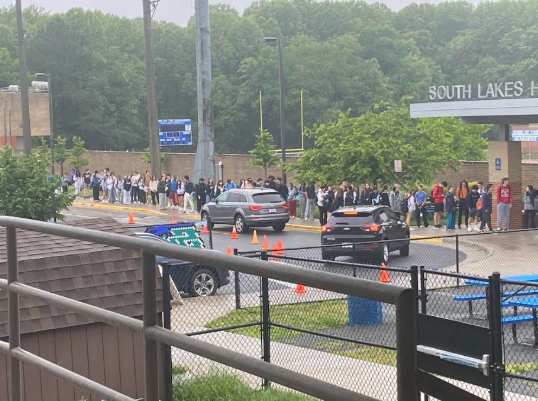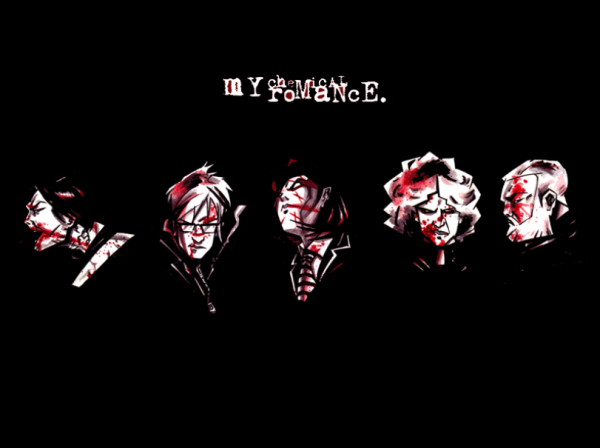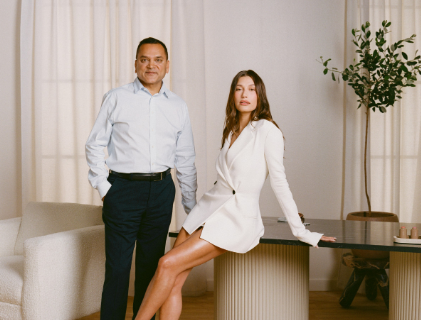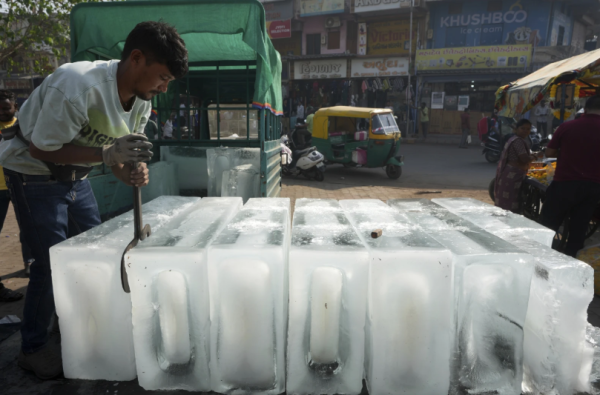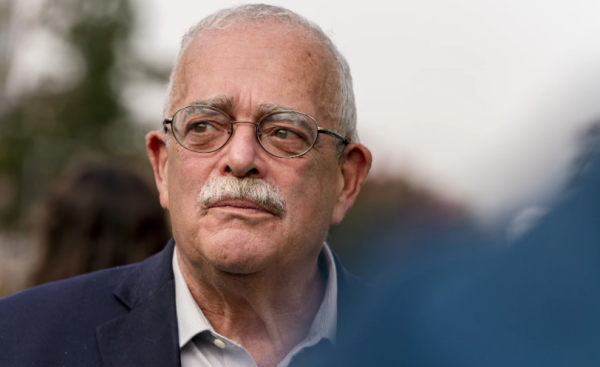Double eyelid surgery: The modern and historical westernization of Asians
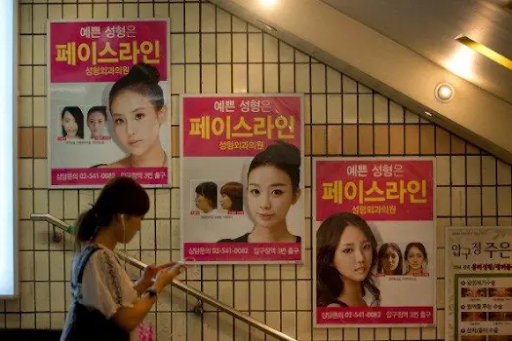
Image via the Denver Post
Ye-Kyung Song, was a high school senior in South Korea (17) when she went to the plastic surgeon and came back, only with wider eyes. Her mother had gotten the same surgery around the same age. “Oh, it’s a cultural norm, everyone gets it done, it’s no big deal”
Asian Blepharoplasty, known more commonly as Double Eyelid surgery, involves the removal of the Epicanthal folds. These folds cover the upper eyelid and give the appearance of the
“monolid[‘s]” seen on fetuses and largely attributes to an “Asian” look. Monolids appear in up to 50% of those of Asian descent.
“I was made fun of a lot for my small eyes… and I didn’t really like how I looked,” Song recalls. She says harassment from her White and Latino peers pushed her to have the operation done. “If I didn’t have these small eyes, maybe then I would like myself better” she ends. This operation is not just isolated to a familial tradition, but is the most common procedure in South Korea. South Korea itself has surpassed Brazil in the number of plastic surgeries per capita.
In Korea, plastic surgery has become as commonplace as going to the dentist. The Dailymail reported that in 2012: “One in five women have undergone some sort of cosmetic procedure in South Korea, which have become popular graduation gifts from students’ parents.”
“There are lots of girls who come in after breaking up with their boyfriends…there are doctors who cure illnesses that we can see… There is no need to live with a sense of discontent because of their appearance,” A plastic surgeon in South Korea mentions. He comments that women come in enthusiastic about obtaining ‘Caucasian features’. [Dailymail]
This procedure has been used to “Westernize” Asians since the Korean war. After WW2, tens of thousands of newly wed Korean women came to America. Asians were seen as a threat by most Americans so Double Eyelid Surgeries became a viable “more trustworthy and acceptable”.
In Modern South Korea, efforts have been made to keep the natural looks of citizens intact. Fashion events like Seoul Fashion Week attempt to distance themselves from this trend, opting instead to showcase natural beauty outside of so-called “K-Pop Surgery Culture”.
“If a person is doing it to boost their confidence by covering up their handicaps I think it’s fine, but to completely change the way one naturally looks is totally wrong,” one fashion student speaking at these events stated. Who we think is beautiful is just a product of what our culture thinks is beautiful: “You can’t create a standard without recognizing who’s in power,” Writer An Na states. In her words the need for wider eyes is a result of western media approaching racial beauty through a White standard. Furthermore, what message does the surgery send to children? That ethnicity needs to be fixed? As more Koreans are favoring natural faces, time will tell whether this trend continues to westernize Asians to American beauty standards, or if this trend will pass: allowing the Asian identity to be a source of pride among the next generation.








